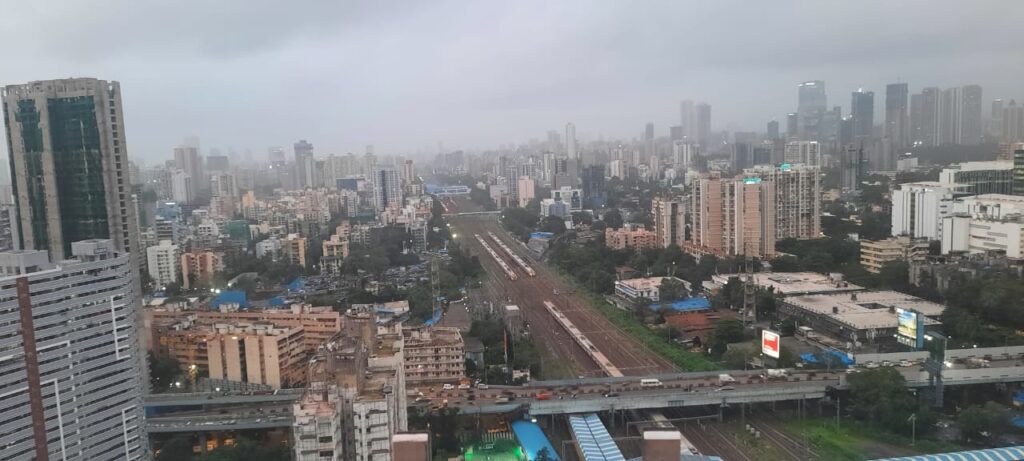BB Desk
A curtain raiser for the upcoming 17th NAREDCO National Convention, set to be held in New Delhi between 29–30 August, 2025 was hosted in Mumbai, the financial hub of the country. Organised under the theme ‘Resilient India: Inclusive, Sustainable, and Future-Ready’, the event seeks to convene policymakers, industry leaders, and technology experts to discuss India’s urban and housing transformation.

Being at the forefront of India’s urban density, redevelopment challenges, and infrastructure innovation, Mumbai continues to remain a vital contributor to the national real estate narrative. With ongoing redevelopment of ageing housing societies, introduction of mixed-use developments, and a strong push for affordable housing under PMAY, Mumbai’s experience provides important insights for the rest of India.
Prashant Sharma, President, NAREDCO Maharashtra, emphasized the city’s pivotal role, “Mumbai is not just a city, it’s a megapolis that defines the challenges and opportunities of urban India. This curtain raiser sets the tone for a much-needed policy dialogue on ease of approvals, rental housing, and capital mobilization. We need progressive frameworks that enable faster redevelopment and better urban resilience.”
The convention’s focus areas—RERA evolution, ease of doing business, new-age construction technologies, and rental housing—resonate deeply with the ongoing transformation in Mumbai’s urban fabric. With participation from top real estate stalwarts and Hon’ble Union Minister of Housing and Urban Affairs, Manohar Lal, the two-day event will serve as a blueprint for reforms and innovation.
At the core of discussion will be some of the most pressing issues shaping the real estate and infrastructure sectors. These include associated policy reforms to improve compliance, transparency, grievance redressal, and developer credibility. Affordable housing and urban development—especially rental housing models, credit-linked subsidies, and PPP frameworks—will receive focused attention, aligning with India’s long-standing housing-for-all mandate.
Capital formation and finance are also expected to dominate the discourse. As interest in Indian REITs grows and foreign investors eye residential and infrastructure assets in Tier 2 and Tier 3 cities, the convention will likely delve into investment instruments, credit enhancement mechanisms, and sovereign support models that can derisk private capital in long-gestation projects.
In a nod to sustainability, technology, and future-readiness, the event will feature discussions on new-age construction technologies like prefabrication, BIM, and green materials. It will also explore redevelopment models for central business districts (CBDs) in ageing city cores-integrating heritage, density, and functionality.
Dr Niranjan Hiranandani, Chairman, NAREDCO, remarked, “Urban Planning is now central to India’s economic strategy. With construction accounting for a large portion of carbon emissions, the real estate sector must move from conventional approaches to smart, sustainable models. This means adopting green materials, planning for energy efficiency, and integrating smart infrastructure. India’s urban centers have the potential to lead this transition and Delhi with its strategic significance, must lead by example. We need public-private cooperation, but more importantly, a shift in mindset where ‘green’ becomes the default and not the exception.”
With over 800 delegates expected, the 17th NAREDCO National Convention is poised to serve as a springboard for consensus-building, solution design, and forward policy momentum in India’s real estate and urban planning narrative.
